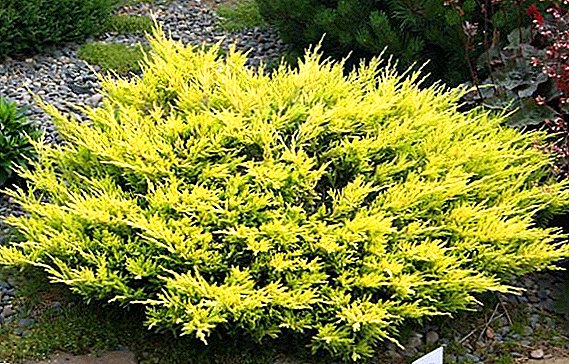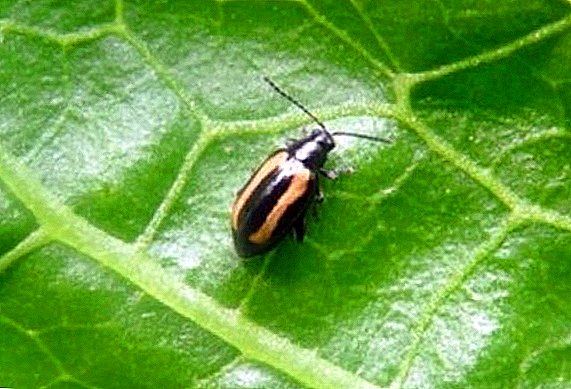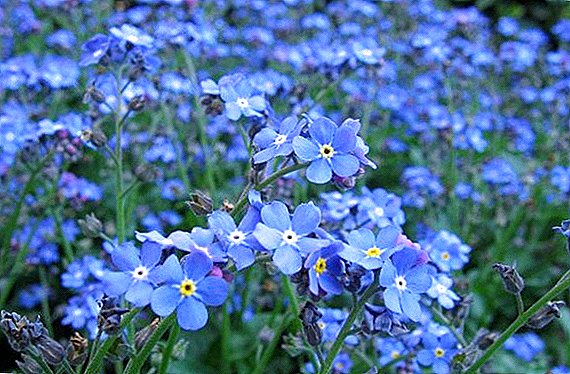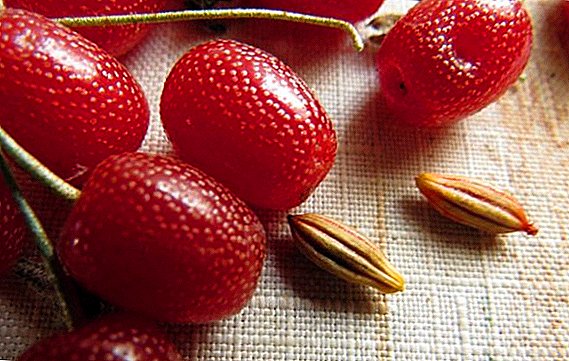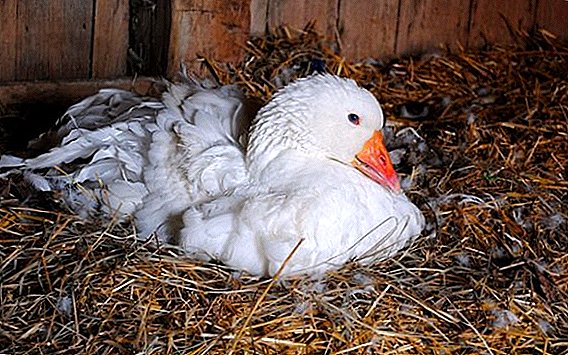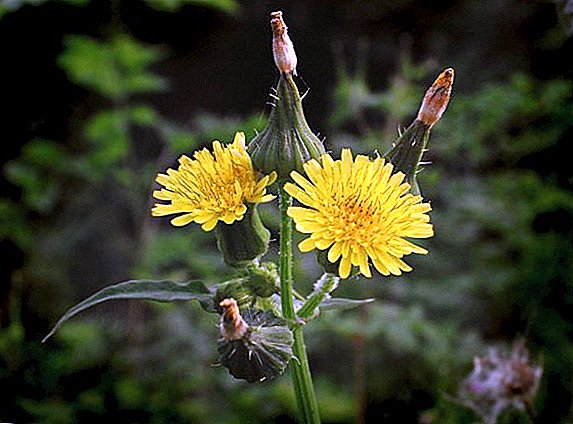 In spring, all gardeners start fighting weeds. One of the most common and troublesome is spurge. Many gardeners tear this weed under the root, marveling at its appearance again after a while. And all due to the fact that in the fight against this plant requires a special approach.
In spring, all gardeners start fighting weeds. One of the most common and troublesome is spurge. Many gardeners tear this weed under the root, marveling at its appearance again after a while. And all due to the fact that in the fight against this plant requires a special approach.
What does a weed look like
To date There are a huge number of varieties of this weed. Of course, after seeing the photo, everyone will immediately remember what a spurge looks like.
Initially, the birthplace of this plant was Africa and Madagascar. The unpretentiousness of the pest to the soil and climate contributed to its spread throughout the world. This weed is impossible not to know. This is the representative of the vegetation, which you can not take with bare hands. A pricking plant with leaves in the form of a triangle, a hard stem and an attractive white milk, which children love to draw, are its main distinguishing features. The root system usually goes deep into the ground, and if the root is not removed in time, it can go almost 1 meter deep. 
Experienced gardeners do not remove euphoria with their hands, for this they always have a faithful assistant - a shovel. Systematic deep weeding, autumn and spring digging, as well as the use of herbicides are the main constraints on its growth.
Important! Villagers very often plucked euphorbia feed livestock. It should be remembered that most of the varieties of this plant are poisonous, which can lead to poisoning of animals. It is also necessary to warn children: if the milk gets into the baby’s stomach, it can lead to intoxication.
Harm to cultivated plants
Before getting rid of the pest, usually calculate the harm and economic feasibility of combating it. Depending on this, farmers use hazard thresholds. These thresholds include:
- The phytocenotic threshold of harmfulness (FPV) is the number of weeds in crops, at which they practically do not affect the growth and development of cultivated plants and do not reduce their yield.
- Critical (statistical) threshold of harmfulness (KPV) - the number of weeds, at which the crop yield is statistically significantly reduced.
Weeds such as field sow thistle, dandelion, dodder, quinoa, purslane, wheatgrass, and hogweed will also harm crop plants.

Euphorbia interferes with vital activity and cultivated plants that are grown in the garden. Having a developed root system, it very quickly sucks all the useful substances from the soil, which deprives the culture of nutrients and leads to disease or death.
Despite such harmful qualities, this plant is a good indicator of the soil.
Did you know? If euphorbia grows in your garden, this indicates fertility of the soil on the site.
How to get rid of milkweed in the garden
Euphorbia is primarily a weed, and there are several successful methods for dealing with it. The methods of struggle are very wide - from folk remedies to the use of modern drugs. The fight against this type of weed is very difficult, it is effective to simultaneously use both mechanical and chemical methods. To get rid of milkweed forever, you should make maximum efforts. And after 1-2 years, the result will not take long. 
Mechanical methods
The best time to control weed is spring. During this period, the plant is just beginning its livelihoods. If you have detected a pest in time, then it should be uprooted, leaving no slightest bit in the ground, since in this case it will soon germinate again.
If you are fighting manually, then it is better to use a shovel, deeply undermining it at the root. Many gardeners use pruning or mowing with a machine, which we strongly advise against doing.
Important! The more you break an euphorbia or mow it with a machine, without pulling out the root, the faster its root system develops. This leads to the fact that the weed begins to spread with even greater speed.
Chemicals
The second way, without which it is almost impossible to overcome a weed, is the use of various herbicides. To combat it, both continuous action herbicides and those specifically designed to combat euphorbia are suitable:
- Herbicides of continuous action: "TACK", "Napalm", "Titus".
- Herbicides against milkweed: "Lazurite", "Roundup", "Dicamba".

Did you know? The best way to combat the caterpillars in the garden, which feed on leaves, is spurge.Combining these methods, you will not be a problem how to get rid of milkweed in the garden.
Using chemicals, you should increase their dosage. It will be very effective to use the steam section, since after two or three times the application of the chemical on it, the weed stops growing at all.
To combat weeds in the garden you can use the following herbicides: "Agrokiller", "Lontrel-300", "Ground", "Roundup", "Titus", and "Lazurit".
Preventive measures
After successfully getting rid of the weed, it is worth taking all measures to maintain the achieved result. This will help deep digging the land on the site, as well as mulching the soil with organic or inorganic substances.
Inorganic products you can buy in specialized stores. It can be various breathable films, spunbond. They effectively prevent the weed from germinating.
Organic products that you can apply include sawdust, sliver, shavings, crushed bark, leaves, rotted manure, straw, paper, cardboard.
Experienced gardeners are also advised to use excellent homemade solutions for prevention. The most effective of these is water-alcohol. The ratio of alcohol and water is 1:10. This solution should pre-treat the beds that you have planned for planting crops.
We hope that these tips will help to keep your weed from the weed and to harvest a good harvest.


